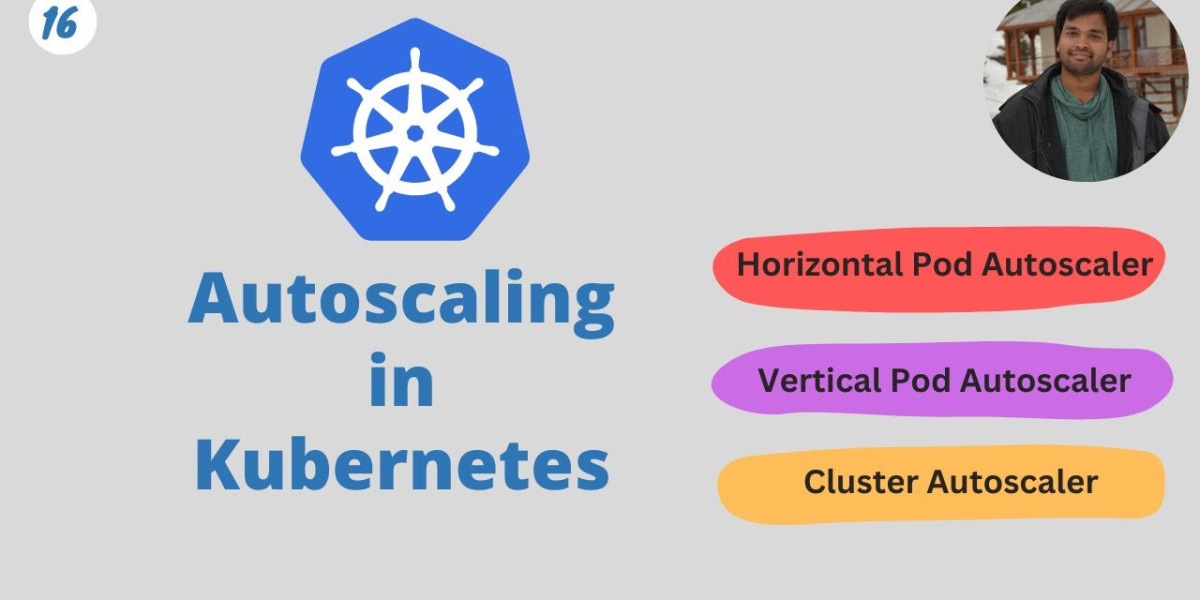As cloud-native applications grow in complexity and traffic unpredictability becomes the norm, the ability to dynamically manage compute resources is no longer optional—it's essential. That’s where Kubernetes autoscaling comes in.
Kubernetes autoscaling allows applications to respond to real-time demand by automatically adjusting the number of pods or the resources allocated to them. This ensures your services remain performant without over-provisioning, ultimately saving cost and improving reliability.
What Is Kubernetes Autoscaling?
Kubernetes autoscaling refers to the capability of a Kubernetes cluster to automatically adjust the number of pods, or the resource allocation (like CPU and memory), based on usage metrics. It helps maintain application performance under varying loads while optimizing resource usage and minimizing waste.
There are three main types of Kubernetes autoscalers:
1. Horizontal Pod Autoscaler (HPA)
The HPA automatically increases or decreases the number of pods in a deployment or replica set based on CPU utilization or custom metrics. This is the most commonly used form of autoscaling in Kubernetes.
2. Vertical Pod Autoscaler (VPA)
The VPA adjusts the resource requests and limits of containers in your pods (such as CPU and memory) based on historical usage. This is especially useful for workloads with stable pod counts but variable resource consumption.
3. Cluster Autoscaler (CA)
The Cluster Autoscaler scales the number of nodes in your cluster depending on pending pods or underutilized nodes. It ensures the infrastructure behind your Kubernetes cluster is right-sized to meet current demand.
Why Kubernetes Autoscaling Matters
Without autoscaling, engineering teams are forced to guess peak load requirements and statically provision pods or nodes. This often leads to over-provisioning (wasting money) or under-provisioning (impacting performance).
Kubernetes autoscaling solves this problem by:
Reducing manual operations: No need to update pod counts manually.
Optimizing costs: Run just enough infrastructure to meet demand.
Enhancing resilience: Automatically add capacity when traffic spikes.
Improving developer experience: Teams can focus on features, not infrastructure.
For modern DevOps workflows, autoscaling isn’t a nice-to-have—it’s a cornerstone of scalable infrastructure.
Best Practices for Using Kubernetes Autoscaling
To make the most of Kubernetes autoscaling, follow these best practices:
Set realistic resource requests/limits: Autoscalers depend on these to make decisions. Overestimating can prevent scaling, underestimating can cause instability.
Use custom metrics where needed: CPU usage alone may not represent true load. Consider using queue depth, request latency, or business KPIs as custom metrics.
Monitor behavior: Use observability tools (like Prometheus, Grafana, or Datadog) to ensure your autoscalers are behaving as expected.
Combine HPA and CA wisely: While they work well together, ensure HPA doesn’t outpace the CA’s ability to scale nodes.
Test for scale: Simulate load to verify how your autoscaling setup performs under stress conditions.
The Future of Kubernetes Autoscaling
As Kubernetes continues to evolve, autoscaling is becoming more intelligent and flexible. Tools like KEDA (Kubernetes Event-Driven Autoscaling) extend native capabilities by supporting scaling based on external events, such as message queue length or API calls.
With multi-cloud strategies and edge computing gaining momentum, autoscaling will remain a vital feature in ensuring that applications scale fluidly across different environments—without overloading platform teams with manual intervention.
Final Thoughts
Kubernetes autoscaling is one of the key enablers of cloud-native success. It ensures your applications stay available and performant while controlling cloud spend. But like all automation, it’s only as effective as its configuration and monitoring.
By understanding the different autoscaling mechanisms—HPA, VPA, and Cluster Autoscaler—and implementing them thoughtfully, engineering teams can build highly responsive, cost-efficient systems that adapt to real-world demands.
If you're looking to simplify Kubernetes management while leveraging the full potential of autoscaling, adopting the right tooling and platform support is essential. Smart orchestration today lays the foundation for scalable innovation tomorrow.



